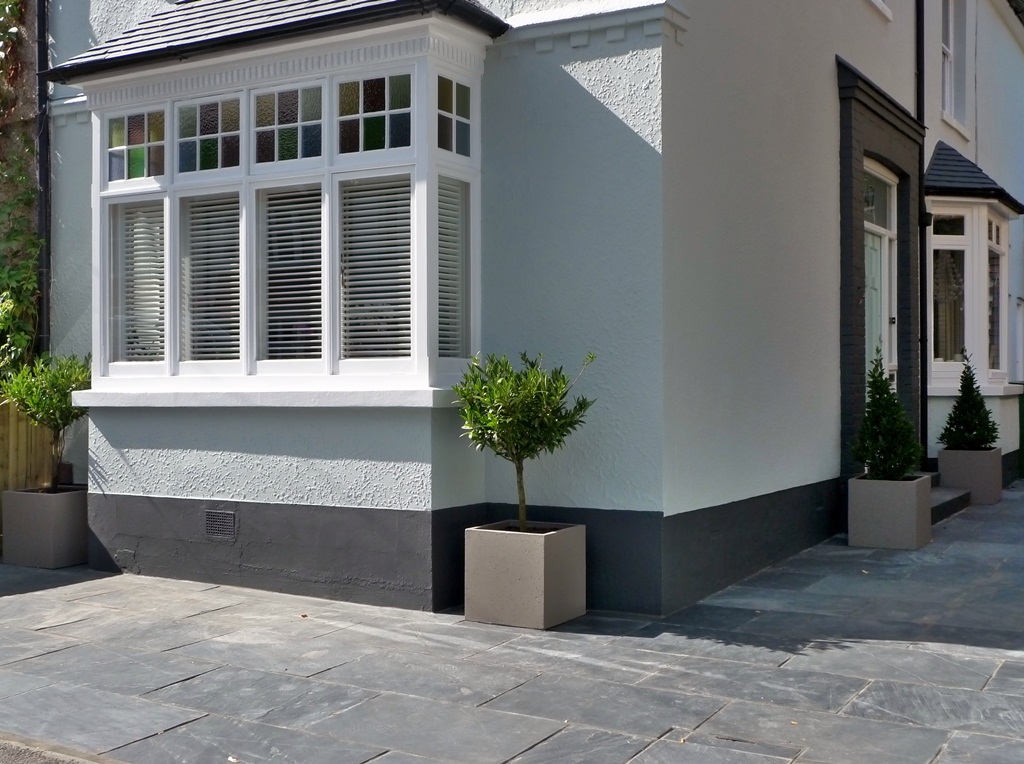
If you own a Victorian or Edwardian property and you’re about to do it up, these important do’s and don’t will help you avoid those common mistakes that can destroy the charm of a period property.
If you own a Victorian or Edwardian property, you’re extremely lucky, because they are incredibly beautiful and have the most stunning features. However, there are negatives to everything in life, and owning a period property does come with some compromises, especially if you’re about to do it up. In fact there are some mistakes that can cost you the entire look of the property. Here are my top do’s and don’ts for doing up a period property:
History Matters
History matters when it comes to doing up your property, and getting your history wrong could result in your property losing its authenticity. The Victorian period, for instance, actually splits into several different parts so DO research – detailed research is key to a successful renovation.
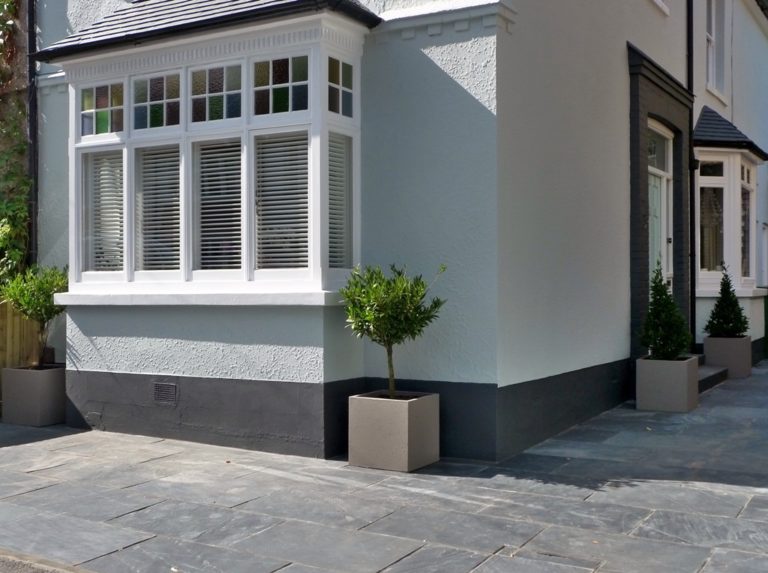
Outside The Property Needs Careful Consideration
Outside the property the look of the building matters and could easily be ruined with one small mistake. On key area to consider is the windows which need to be replaced with windows that fit the style of the property. DON’T even consider UPVC windows, they are a real no no and can completely ruin the look of a period property. Where possible, DO try and preserve your properties original window glass in different ways, perhaps by using it inside the house. It won’t serve its purpose as a window any more as single pane glass is not suitable for modern insulated properties. But the glass produces many interesting effects when the light shines through it, so it is worth putting into interior features if you can.
DO use lime. The brickwork and pointing requires lime because modern cement only started being used after the first world war. Lime will be used in the brick mortar and any rendering on the property, and may also be in the plastering inside the house as well. It is important to continue to use lime because older properties rely on the building materials being porous to breathe, whereas new properties use different systems for this purpose. If you use modern materials on a Victorian or Edwardian house, you may well suffocate it.
DO use Welsh slate. With the roof it is best to use Welsh slates because they are what is likely to originally cover your roof. If you can simply replace slates rather than redo the whole roof, you will save money.
Bathrooms
Victorian or Edwardian bathrooms in their original state simply would not serve a purpose with our modern day sanitary needs. However, you should still try and pay attention to the details to keep them sympathetic to the house style if possible by, for example, creating an entirely Victorian style bathroom which would look stunning. If you can only afford to invest in one thing, DO get a roll top bath with ornate feet. With your w.c., DO be mindful of old and new technology together, which can cause issues. Overall, a simple bathroom with a beautiful suite and minimal decorations will work well and stay in keeping with tradition.
Kitchen
DO try to stay away from a completely fitted kitchen as that is not authentic at all. The original Victorian and Edwardian kitchens were very formal and unfurnished. Where possible open kitchen fireplaces should be kept, and a large country wooden table is a must for the overall look.
Flooring
Carpets were always ornamental and usually dark in design, so do take care to pick a design that fits the house and DON’T be tempted by light, modern carpets. Victorian floor tiles are something you can bring back to life if you have an original Victorian floor, or you could invest in reproductions or original colour schemes with modern floor tiles. DO be wary of paying over the odds for bad reproduction floor tiles.
Obviously my tips aren’t set in stone, and where possible please DON’T take my advice as gospel, because your home is just that, yours and taste is personal. However, do research any big changes you intend to make because some adjustments to original features can devalue a period property.
 How to raise and save money when changing your home décor
How to raise and save money when changing your home décor  Interior Design Colour & Pattern Trends
Interior Design Colour & Pattern Trends 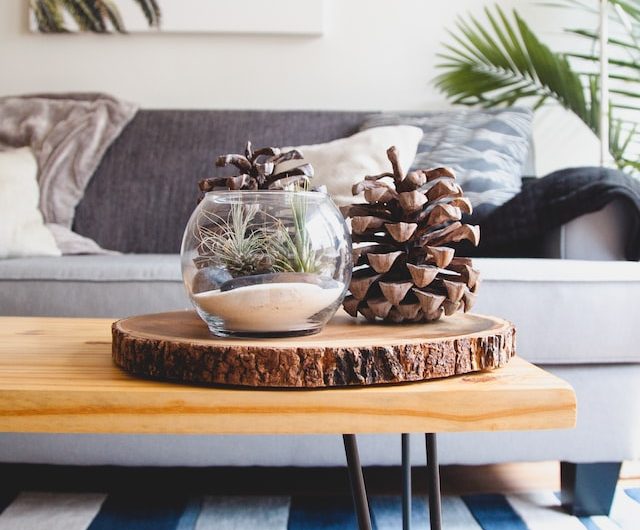 Injecting Personality into a New Build Home
Injecting Personality into a New Build Home 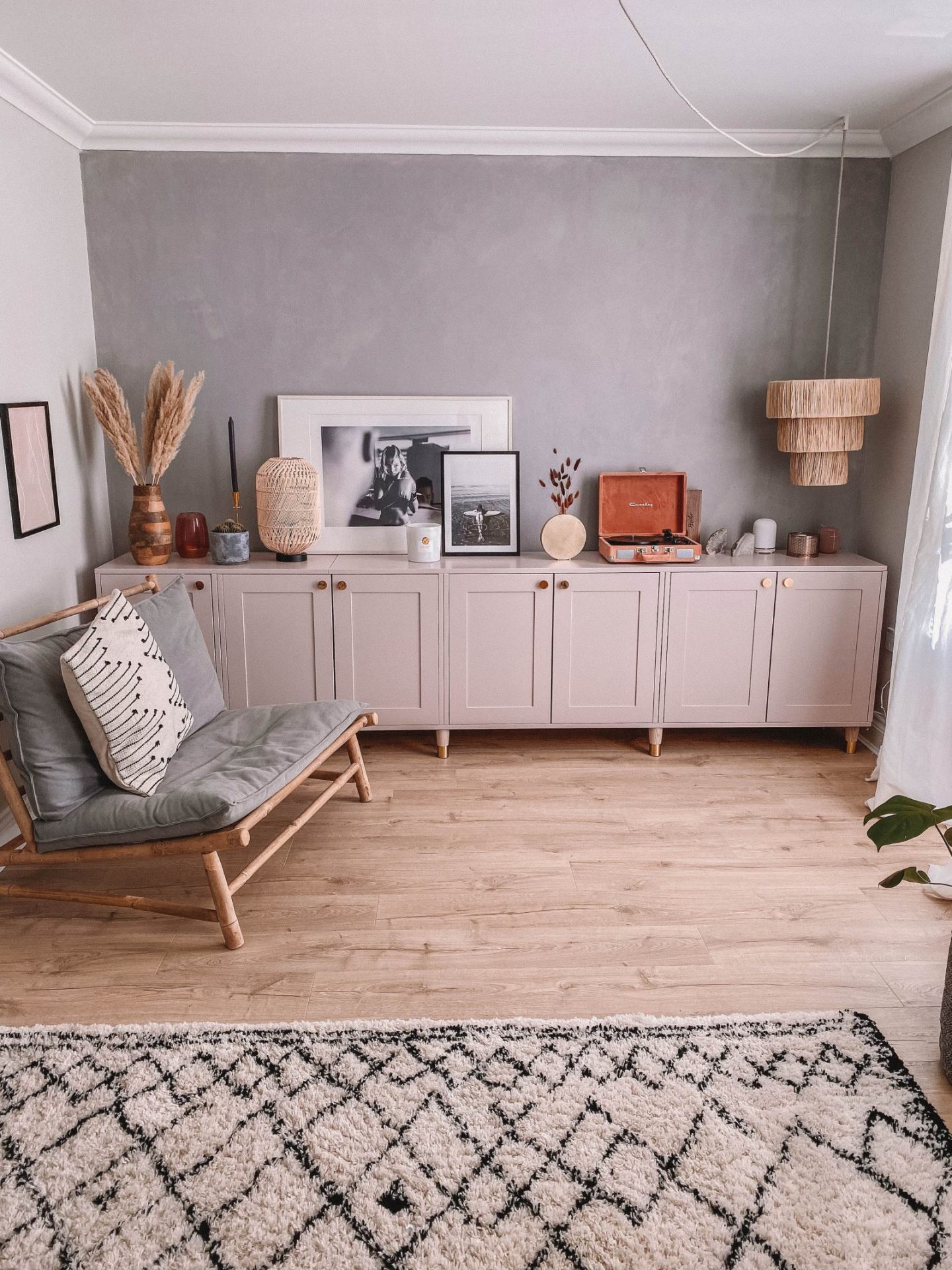 OUR DREAM LIVING ROOM MAKEOVER
OUR DREAM LIVING ROOM MAKEOVER 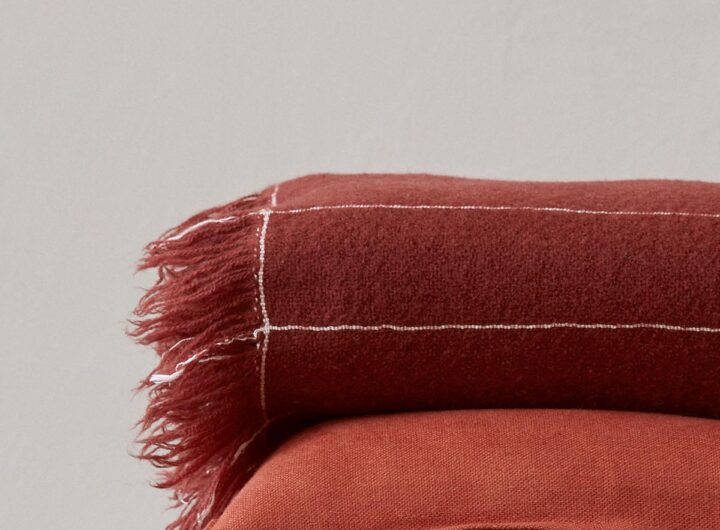 Loup & Co – Socially Conscious 100% Cashmere Throw
Loup & Co – Socially Conscious 100% Cashmere Throw 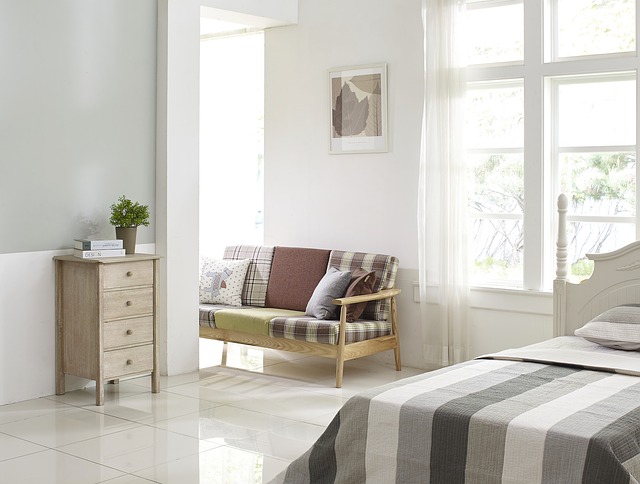 Why You Need a Clutter-free Home
Why You Need a Clutter-free Home  The 15-Minute Movement Habit -Simple Desk Exercises for Working Bloggers
The 15-Minute Movement Habit -Simple Desk Exercises for Working Bloggers  Learning More About Magic: The Gathering – Kindred Decks
Learning More About Magic: The Gathering – Kindred Decks  Healthy Eating Nutrition Tips for Busy Lifestyles
Healthy Eating Nutrition Tips for Busy Lifestyles  The Most Popular Planes in Magic: The Gathering
The Most Popular Planes in Magic: The Gathering